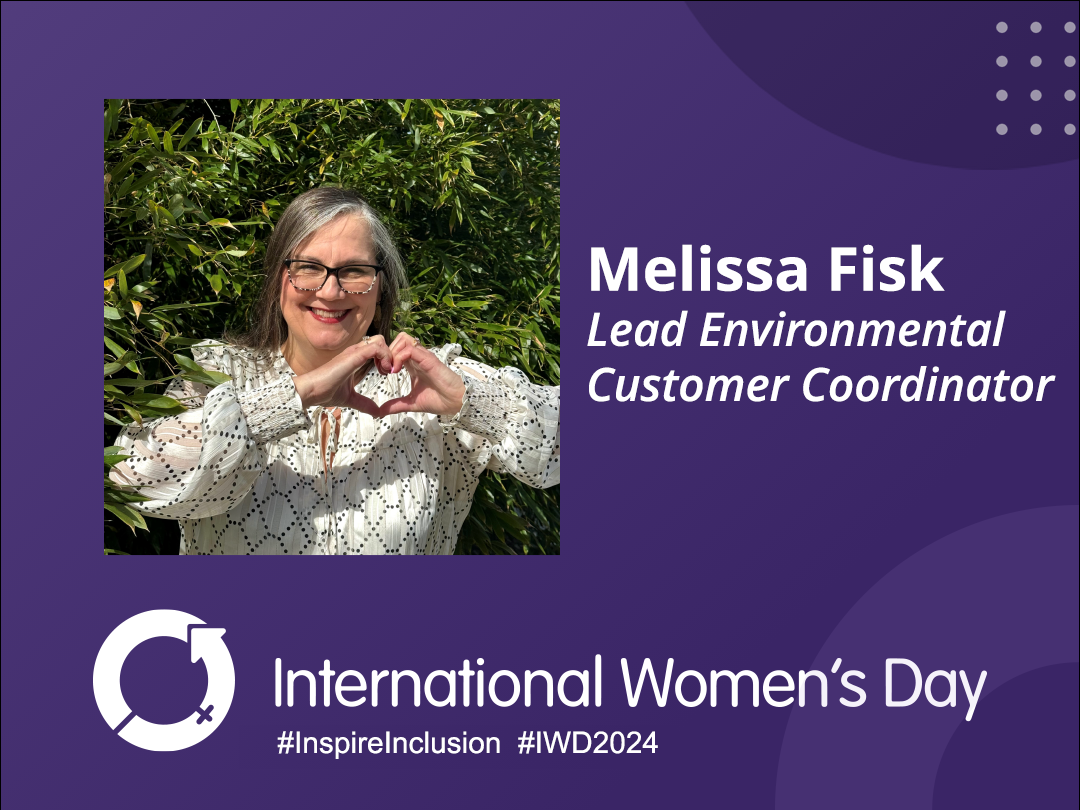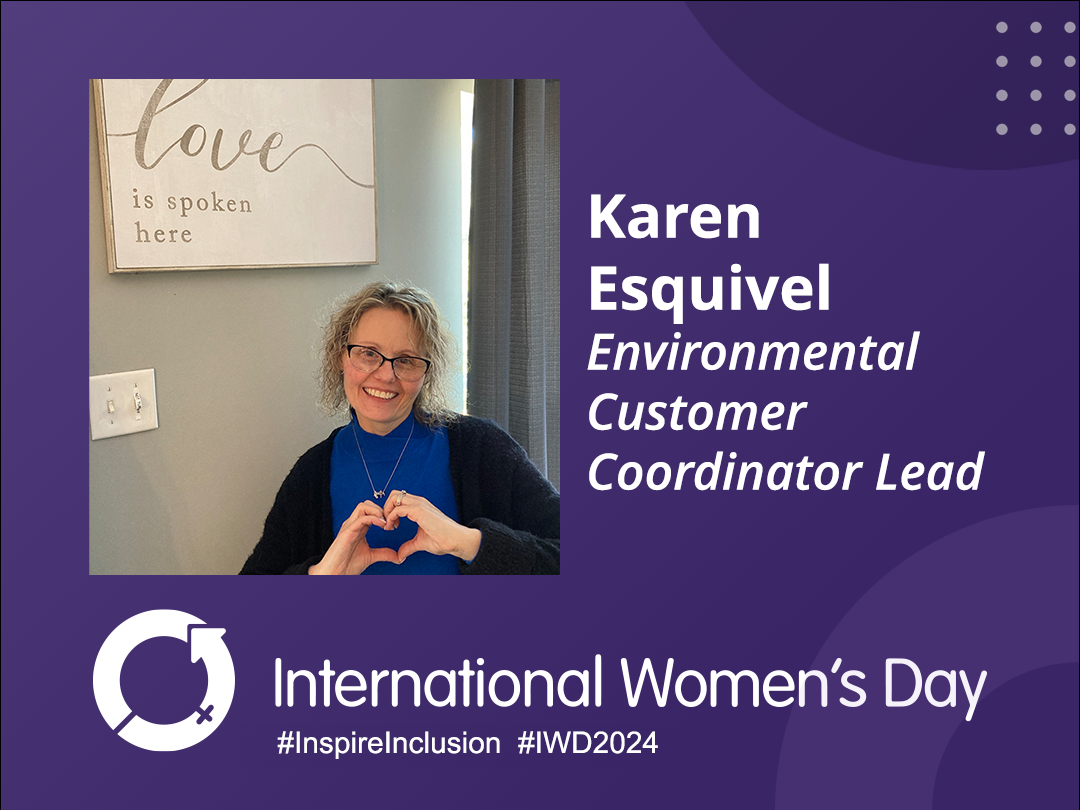In talking about closed container guidelines in central and satellite accumulation areas we have been sticking with drums as the primary container type. Since drums are not the only option though, today we will cover some other container types you could use in CAAs or SAAs and what constitutes them as closed.
Other container types applicable to storage in CAAs and SAAs include “bags, durable sacks made of woven synthetic material (polysacks), boxes, twenty cubic yard roll-off boxes or containers, one cube yard heavy duty cardboard boxes with a plastic liner (Gaylord boxes), semi-trailers used to manage solid and semi-solid hazardous wastes, and stainless steel and plastic totes in wire cages to handle liquid hazardous wastes.” Each option has a different method for closing.
Generally speaking, the EPA considers these types of containers “closed” when they are sealed to the extent that hazardous wastes and emissions will be kept inside the container. They use the example of wet paint filters accumulated in bags. “A bag containing dry paint filters may be considered closed when the neck of the bag is tightly bound. However, a bag containing solvent laden wet paint filters would generally not be an acceptable container unless the bag was double lined and the bag could be sealed sufficiently to prevent leaks and emissions.”
Roll-off containers may also be used to hold waste in accumulation areas. According to the EPA, “Large roll-off containers, such as 10 by 20 foot containers, are often used for the accumulation of large volume waste streams, such as F006 sludges from electroplating operations and inorganic wastes where volatility is not an issue.” There are some roll-off containers that are made with lids that open and close. In the case of such containers it would be considered closed when the lid is shut and has a good seal around the rim.
The EPA notes that, “From an operational and practical standpoint, these types of containers are generally located inside the facility where a roof or ceiling and walls protect the container from outside elements. Once the containers are completely full, [they] may be covered with tarps and moved outside to a staging area for subsequent management…EPA generally views these situations as both practical and sufficient to meet compliance with 40 CFR 265.173(a).”
If, however, a roll-off container is kept outdoors while receiving waste it is important that generators keep tarps closed when not adding or removing waste to ensure no condensation can enter the container. The EPA warns that even a small amount of water can be enough to leach hazardous constituents from the waste that could leak out of the roll off.
Roll-off containers holding wastes that contain volatile organic compounds (VOCs) are subject to even stricter requirements. The EPA dictates that, “if a roll-off container is not in light material service then use of a tarp with no visible holes or gaps or open spaces (e.g., a cover and closure device that forms a continuous barrier over the container) is an example of a suitable Level 1 control device. However, use of tarps in this instance is also subject to 40 CFR 264.1086(c)(2) for permitted units and 40 CFR 165.1087(c)(2) for LQGs, which requires closure suitable to weather conditions, including exposure to wind, moisture and sunlight.
If the roll-off container is in light material service, then Level 2 controls are required under Subpart CC. Examples of container loading procedures that meet Level 2 controls include using a submerged-fill pipe or other submerged-fill method to load liquids into the container or a vapor-balancing system or a vapor recovery system to collect and control the vapors displaced from the container during filling operations. The use of a tarp would not be an acceptable Level 2 control device.”
Quoted and cited information (unless otherwise noted) for this blog post was gathered from the EPA Memorandum on Closed Containers. As always, this blog post is not intended to be comprehensive and it is always best to check with the EPA and local government for full, up-to-date, rules and regulations.
More News From Heritage
-
3/12/24
Equal Pay Day – Spotlighting Our Female Drivers
-
3/8/24
International Women’s Week Spotlight – Shannon Dippel
For International Women's Week, we're spotlighting some of the incredible women in the Heritage family. Our final spotlight is Shannon Dippel.
-
3/8/24
International Women’s Week Spotlight – Susan Adams
For International Women's Week, we're spotlighting some of the incredible women in the Heritage family. Our sixth spotlight is Susan Adams.
-
3/7/24
International Women’s Week Spotlight – Lea Wilson
For International Women's Week, we're spotlighting some of the incredible women in the Heritage family. Our fifth spotlight is Lea Wilson
-
3/7/24
International Women’s Week Spotlight – Melissa Fisk
For International Women's Week, we're spotlighting some of the incredible women in the Heritage family. Our fourth spotlight is Melissa Fisk.
-
3/6/24
International Women’s Week Spotlight – Taylor Harvey
For International Women's Week, we're spotlighting some of the incredible women in the Heritage family. Our third spotlight is Taylor Harvey
-
3/5/24
International Women’s Week Spotlight – Karen Esquivel
For International Women's Week, we're spotlighting some of the incredible women in the Heritage family. Our second spotlight is Karen Esquivel.
-
3/5/24
Heritage Environmental Services Announces HP Nanda as CEO; CEO Jeff Laborsky Transitions to Board of Directors
Heritage Environmental Services (“HES”) announced today that HP Nanda will join the organization as CEO.








